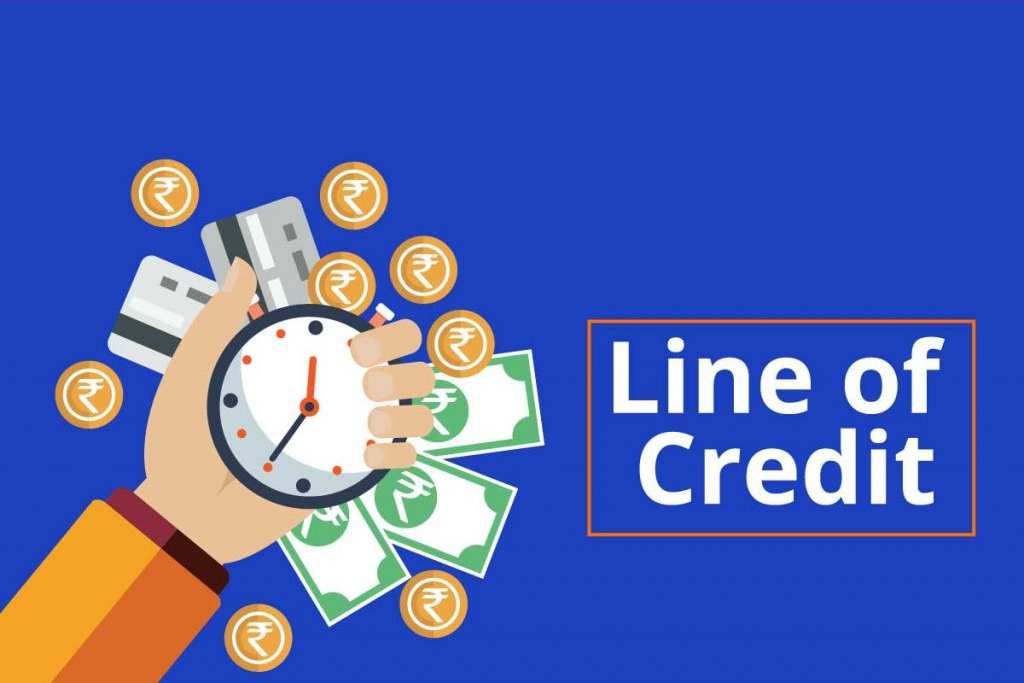Obtaining financial backing for your e-commerce startup is an essential step in the process of establishing your company. It is a procedure that entails evaluating cash flow, assessing several possibilities, and selecting the alternative that is most suitable to the requirements of your company. Debt finance, in which investors make payments in exchange for equity, and venture capital, in which the recipient of investment agrees to relinquish some ownership of the company in exchange for financial backing, are two of the many ways in which entrepreneurs can acquire cash.
Line of Credit
Business credit cards and lines of credit are a great way for e-commerce businesses to secure funding. Unlike a loan, where you receive the entire amount upfront and pay it back over a defined term, a line of credit provides continuing access to funds for your business, up to a predetermined limit.

Nav is a free business financing tool that shows you your best options, including loans and credit cards. Sign up today to see what kinds of funding you qualify for based on your business model and financial needs.
Other popular ways that e-commerce startups secure funding include equity-based crowdfunding, venture capital, and angel investors. However, these methods often involve losing equity or ownership in your company and can be risky. They’re also often inflexible, and may not provide enough working capital for your company to get through its growth stages. In contrast, growth capital from e-commerce investment firm ClearCo is a great alternative to traditional financing and doesn’t require giving up equity.
Crowdfunding
Many businesses require startup capital to cover expenses like inventory, office space, and utilities. Crowdfunding is a great option for eCommerce business owners seeking funding. It provides a way to tap into the collective effort of friends, family, and customers to provide capital in exchange for a stake in your company.

Many crowdfunding platforms operate on an all-or-nothing model, so if you don’t hit your goal by the deadline, backers get their money back. To increase your chances of success, be sure to update supporters often about the campaign’s progress. People have short attention spans, especially on the internet, so the more frequently you can keep them engaged, the better.
Today’s crowdfunding takes place primarily online on dedicated crowdfunding platforms. Incentives, such as free products, are provided for backers based on the size of their contribution. In more sophisticated campaigns, investors receive equity ownership in your company. These investments can broaden your network and increase the chance of your company’s long-term success.
Angel Investors
Unlike traditional business lenders, angel investors are more concerned with the commitment and passion of the founders as well as larger market opportunities. They also typically don’t have the same time frame expectations for revenue growth as VCs do.

Identifying and connecting with an angel investor requires thorough research. Finding out more about their investment history and professional credentials is a good start. Networking and participating in industry-specific events can also provide traction with potential funders.
When you present to an angel investor, they will want to see an effective and concise elevator pitch. In addition, you should be prepared to negotiate the terms of the investment. Investors are likely to require a percentage of ownership (equity) in your company. They may also request a seat on the board or even some decision-making authority. In exchange for their funds, they will likely expect a high ROI. They are investing in your startup so that it will be successful.
Venture Capital
Venture capital investments give you access to large amounts of cash in exchange for a stake in your company. The money you get from this investment can help you pay for marketing costs, warehouse space, and platform hosting fees.

VCs invest in companies that they feel have the potential to grow at high rates and deliver substantial returns to investors. Often, they will look to invest in companies that have a unique point of difference that makes them stand out from the competition. Examples include Harry’s, which built a cult following for its high-quality, direct-to-consumer razors; Zola’s shoppable registry aggregation; and Everlane’s transparently priced basics.
With a VC investment, you will likely need to provide more detail about your business plan, growth strategy, and management team. You should expect to have a lengthy process for securing VC funding, as these investors will want to conduct extensive due diligence. They will also be looking for a significant return on their investment and may want to take up a seat on your board of directors. For entrepreneurs seeking to reduce the cost of starting a business, practical tips can be found in the article “How to Reduce the Cost of Starting a Business”
